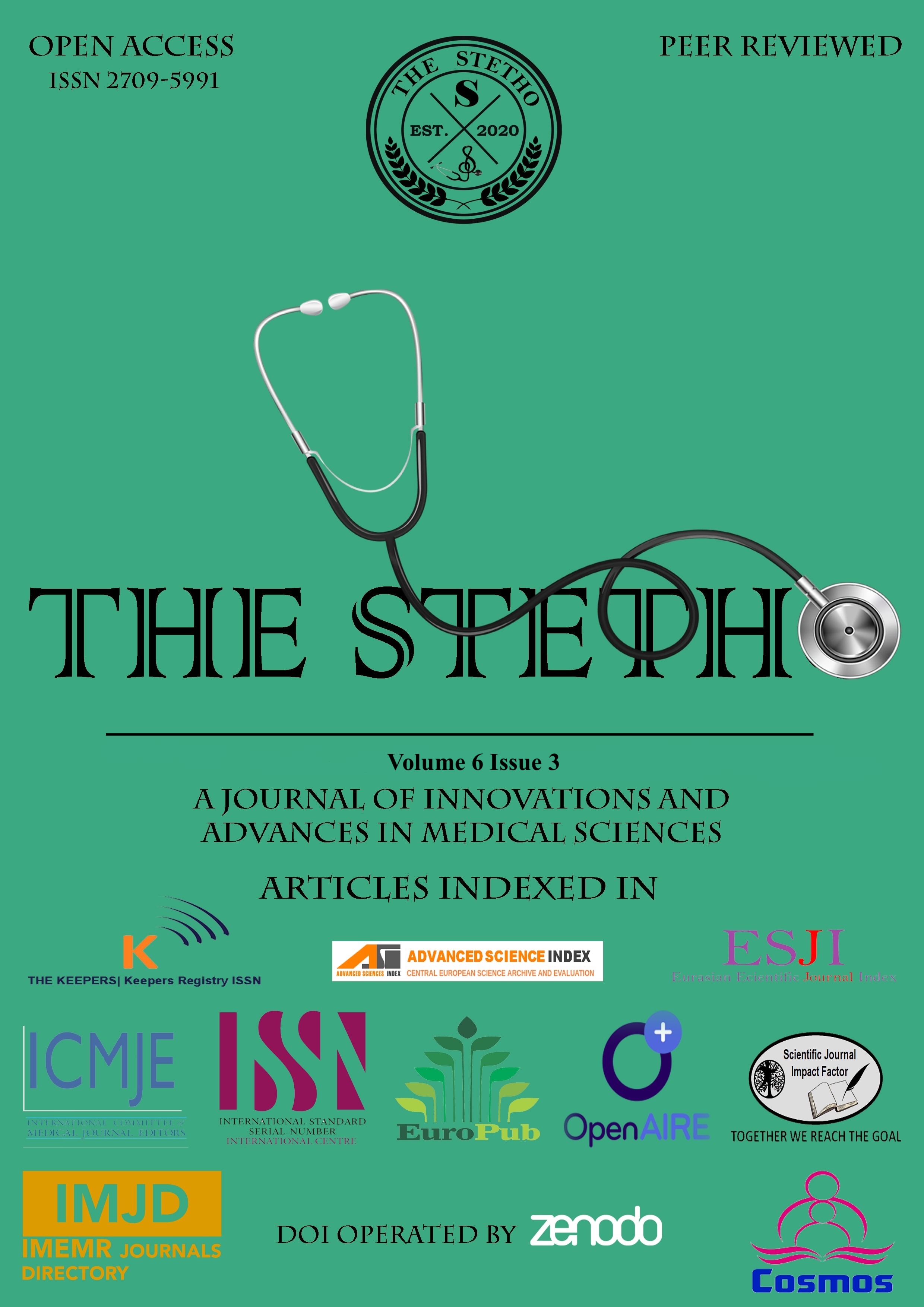Super Refractory Status Epilepticus Secondary to Salmonellosis: A Case Report
Main Article Content
Abstract
The term super-refractory status epilepticus (SRSE) refers to status epilepticus (SE) that lasts for 24 hours or longer after the administration of anesthetic agents, including situations in which the status epilepticus recurs after the anesthetic agent is reduced or removed. Status epilepticus is most frequently brought on by acute brain damage or insult. It can also occur as a primary idiopathic disorder in patients without an established epilepsy diagnosis and refer to as new-onset refractory status epilepticus (NORSE). The etiology of SRSE is multifaceted, and the majority of the time, after rigorous investigations, the root cause is discovered within 24-72 hours. The etiology can be attributed to autoimmune, paraneoplastic, and infectious origins in more than 50% of cases. In the example presented here, non-typhoidal salmonellosis led to the development of SRSE in a 22-year-old female patient, and the infection was resistant to a variety of broad-spectrum antibiotics. The patient was given numerous anti-epileptic medications (AED), anesthetic drugs, and then culture-specific antibiotics. These treatments eventually stopped the seizures, which momentarily resulted in great clinical improvement.
Article Details

This work is licensed under a Creative Commons Attribution 4.0 International License.
References
Vyas DD, Dash GK. Supra-recommendation Treatment of Super-refractory Status Epilepticus. J Epilepsy Res. 2016;6(1):39-41
Hocker S, Tatum WO, LaRoche S, Freeman WD. Refractory and super-refractory status epilepticus—an update. Current Neurol Neurosci Rep. 2014;14(6):1-9.
Mayer SA, Classen J, Lokin J, Mendelsohn F, Dennis LJ, Fitzsimmons BF. Refractory status epilepticus: frequency, risk factors and impact on outcome. Arch Neurol. 2002;59:205–10.
Rossetti AO, Logroscino G, Bromfield EB. Refractory status epilepticus: effect of treatment aggressiveness on prognosis. Arch Neurol. 2005;62(11):1698-702.
Shorvon S, Ferlisi M. The treatment of super-refractory status epilepticus: a critical review of available therapies and a clinical treatment protocol. Brain. 2011;134(10):2802-18..
Shorvon S. Super‐refractory status epilepticus: an approach to therapy in this difficult clinical situation. Epilepsia. 2011;52:53-6.
Varelas PN, Corry J, Rehman M, Abdelhak T, Schultz L, Spanaki M, et al. Management of status epilepticus in neurological versus medical intensive care unit: does it matter?. Neurocrit Care. 2013;19(1):4-9.
Jayalakshmi S, Ruikar D, Vooturi S, Alladi S, Sahu S, Kaul S, et al. Determinants and predictors of outcome in super refractory status epilepticus--a developing country perspective. Epilepsy Res. 2014;108(9):1609-17.
Tian L, Li Y, Xue X. Super-refractory status epilepticus in West China. Acta Neurol Scand. 2015;132:1–6.
Holtkamp M, Othman J, Buchheim K, Masuhr F, Schielke E, Meierkord H. A “malignant” variant of status epilepticus. Arch Neurol. 2005;62:1428–31.
Mayer SA, Claassen J, Lokin J, Mendelsohn F, Dennis LJ, Fitzsimmons BF. Refractory status epilepticus: frequency, risk factors, and impact on outcome. Arch Neurol. 2002;59:205–10.
Cuero, M.R., Varelas, P.N. Super-Refractory Status Epilepticus. Curr Neurol Neurosci Rep. 2015;15(11):1-7.
Arayakarnkul P, Chomtho K. Treatment options in pediatric super-refractory status epilepticus. Brain Dev. 2019;41(4):359-66.
Ferlisi M, Shorvon S. The outcome of therapies in refractory and super-refractory convulsive status epilepticus and recommendations for therapy. Brain. 2012;135(Pt 8):2314–28.

